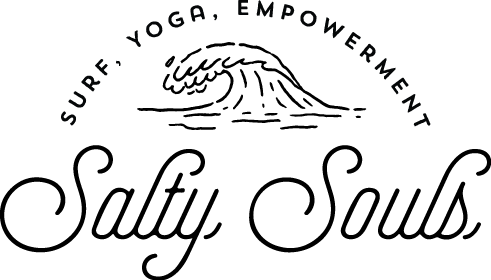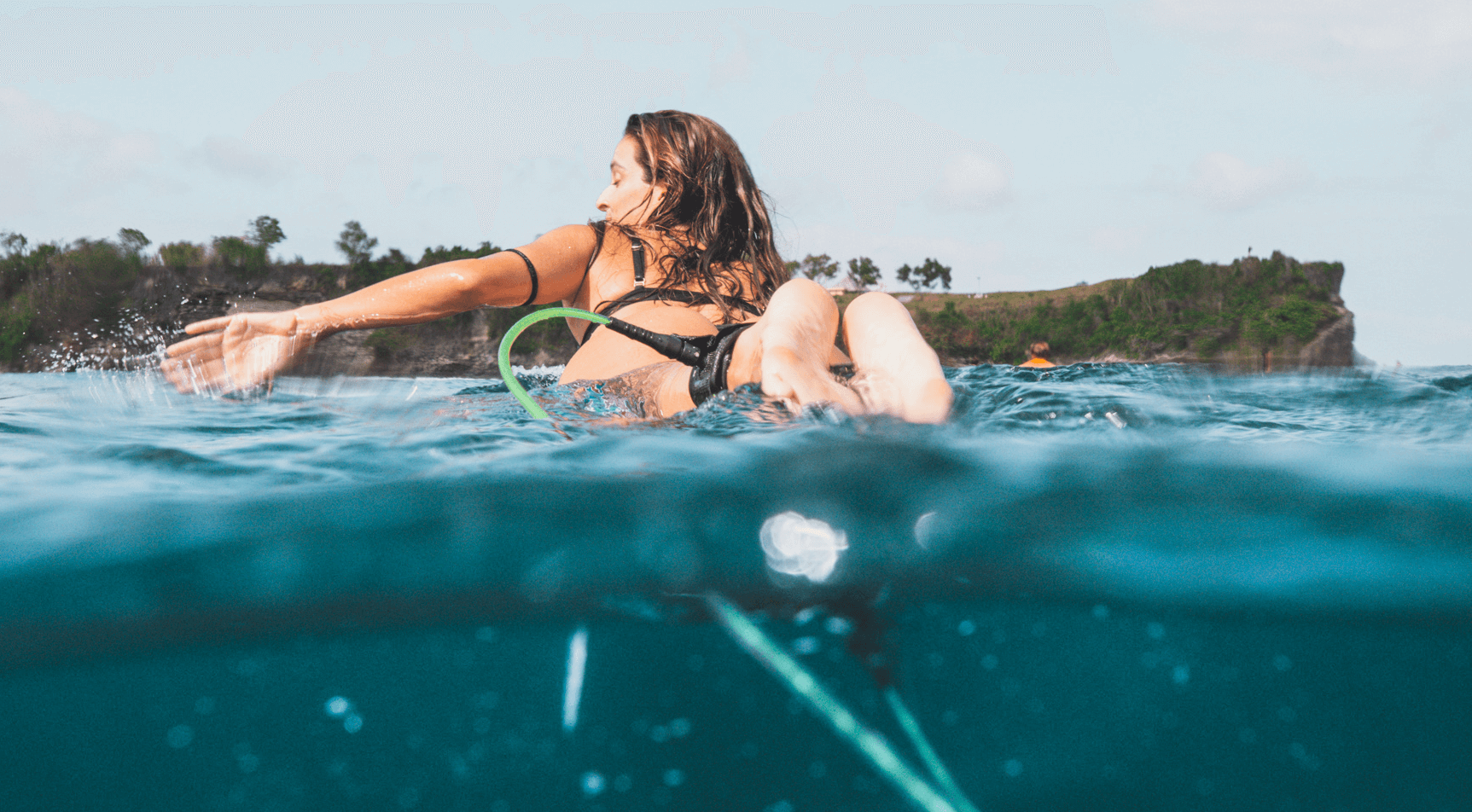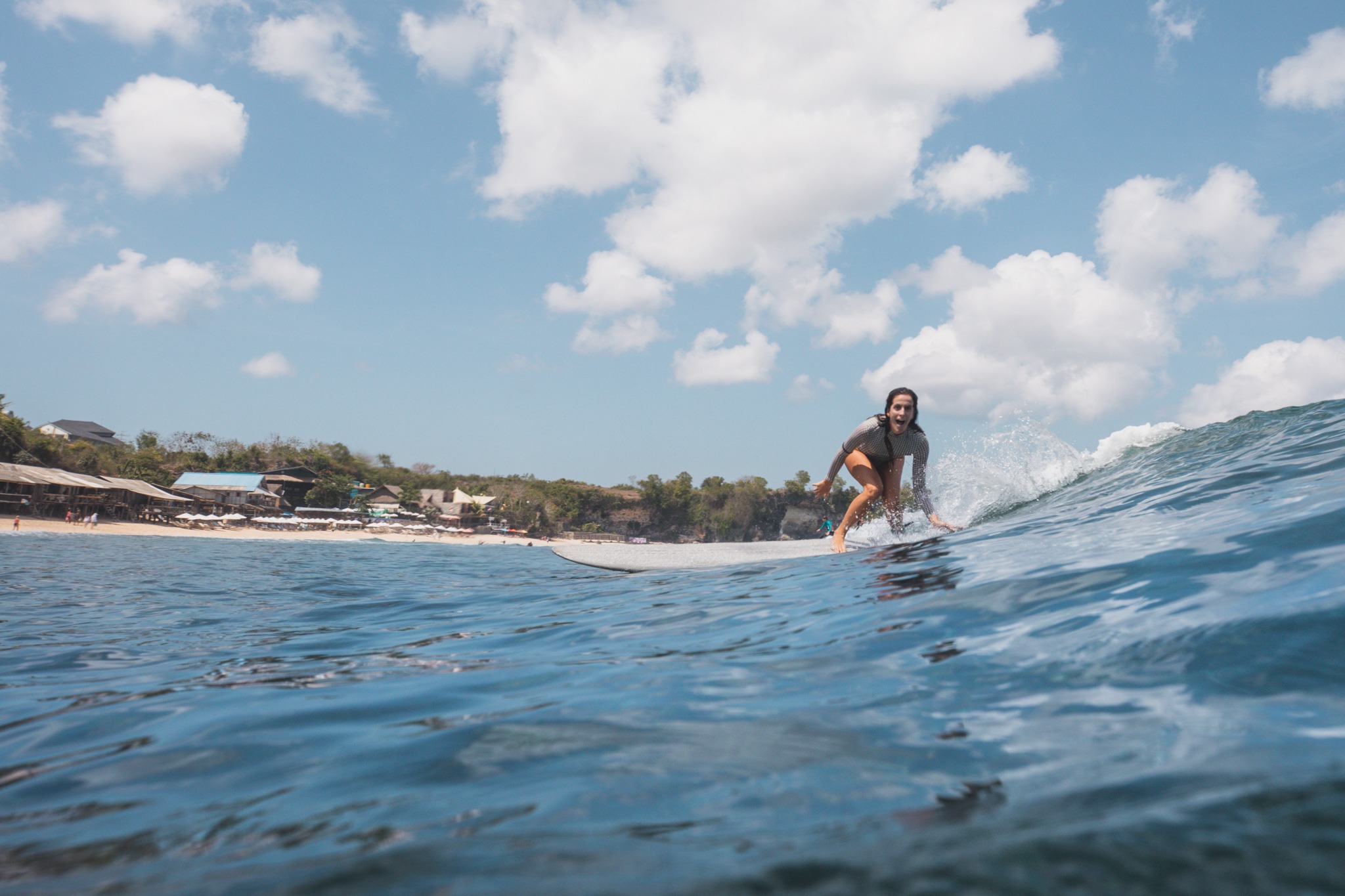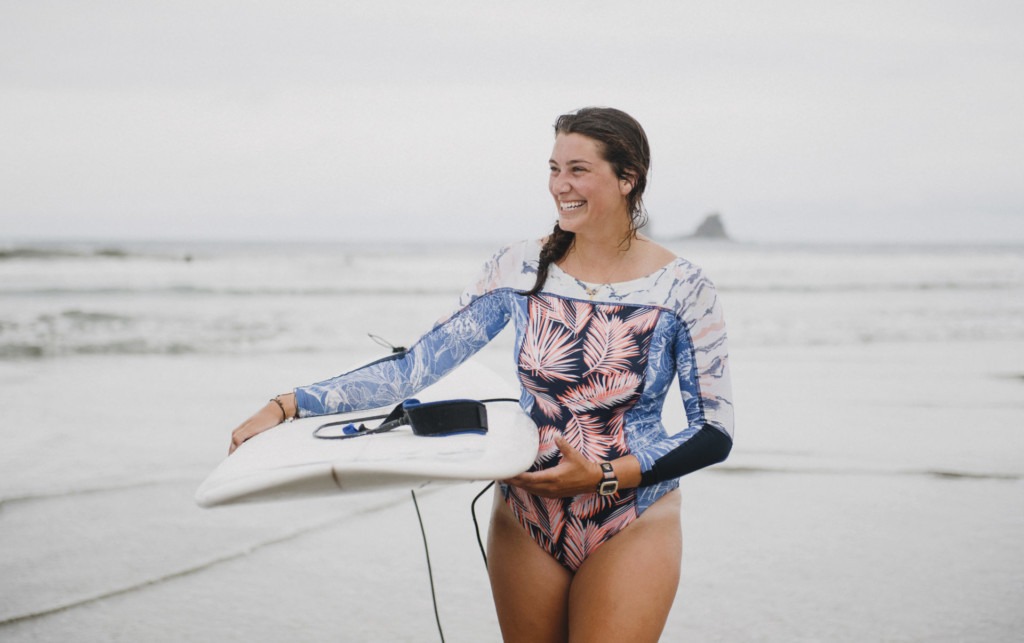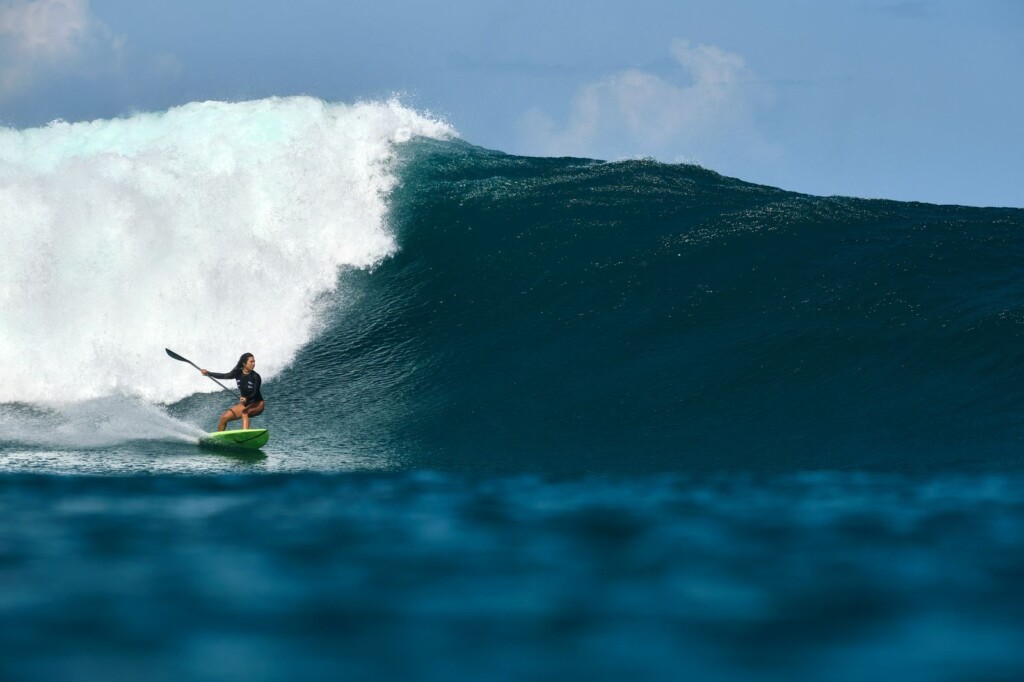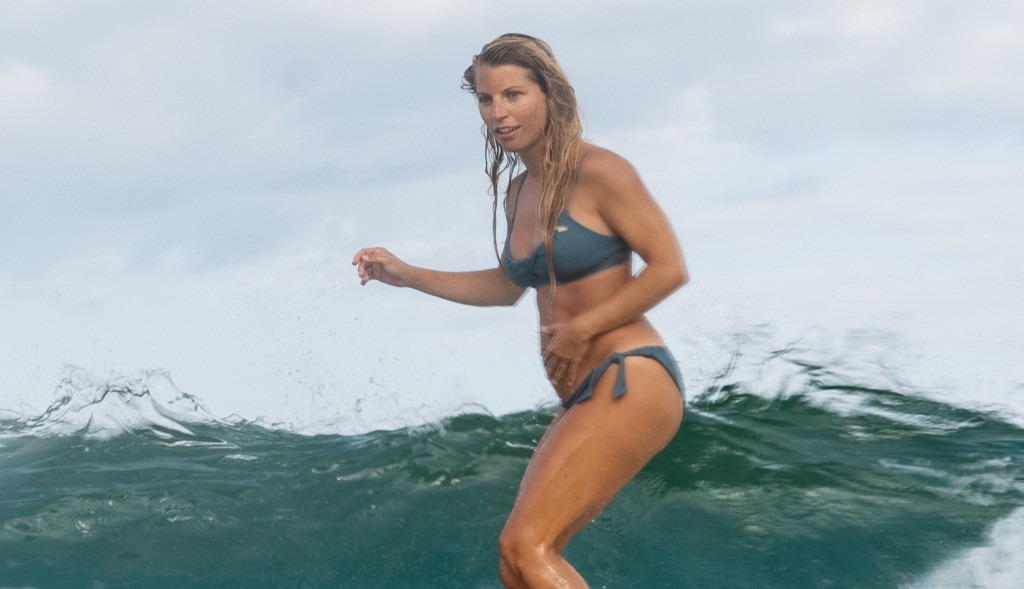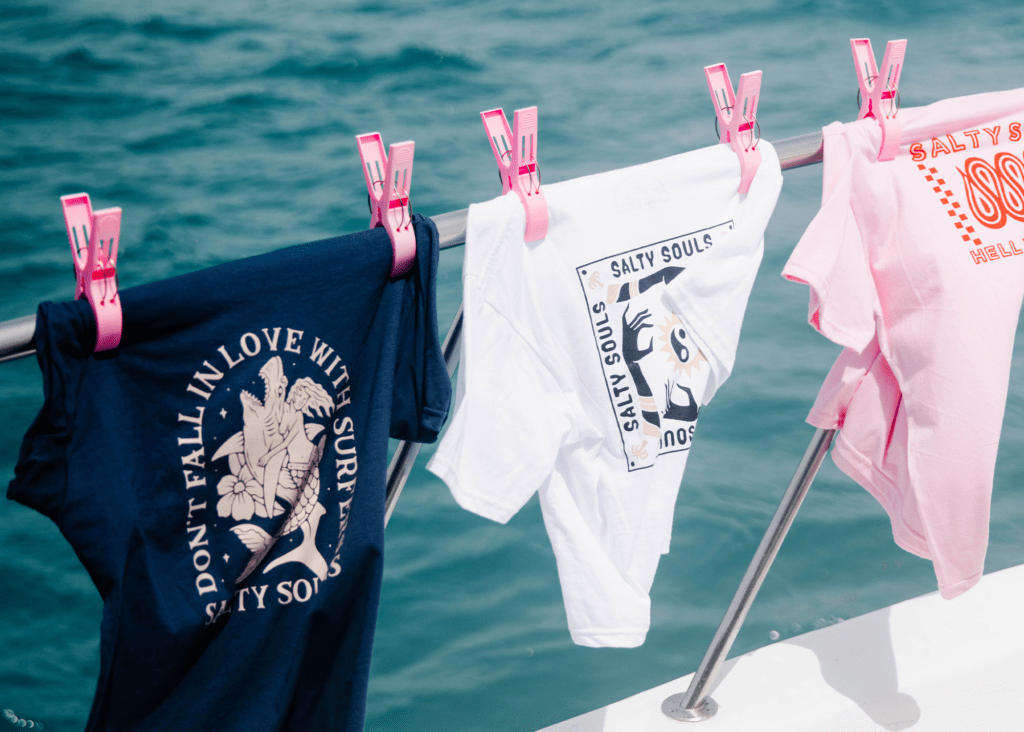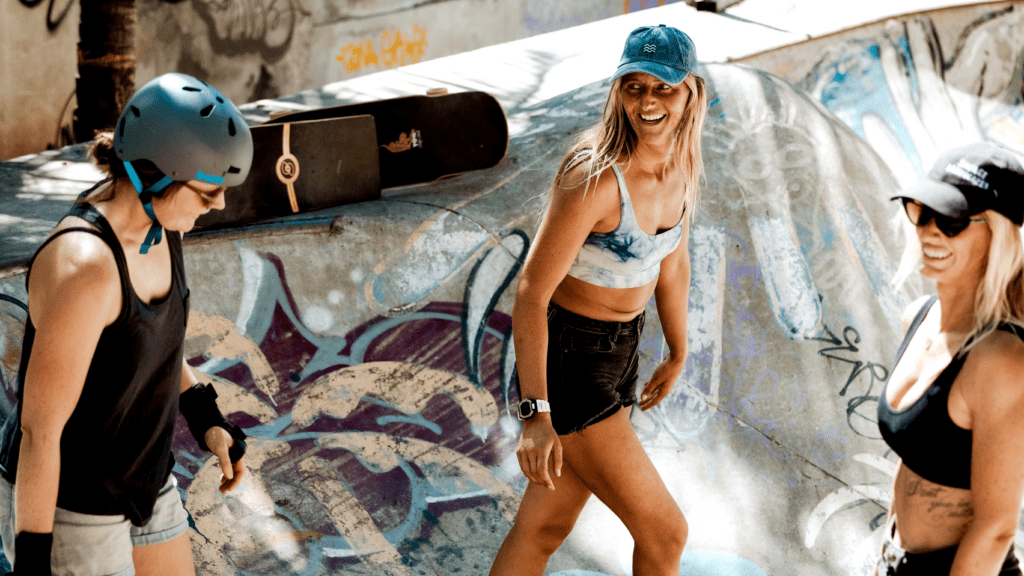There’s nothing more satisfying than that surfed-out feeling; the tired spaghetti arms, the ache in your neck, that feeling that for the last few hours, you were really moving. Surfing is a full-body workout, and pushes our strength, cardiovascular endurance and balance. You might find yourself wondering: is surfing enough exercise on its own? It turns out you should be adding extra training to stay balanced and injury free.
In this article, we’ll dive into whether surfing alone provides the fitness benefits you need and explore why cross-training with activities like strength exercises, flexibility routines, and surf skating can boost your performance, help prevent injuries, and improve your endurance.
Why Surfing Alone May Not Be Enough Exercise
Your worn-out post-surf body isn’t lying to you, surfing is a workout. But it has limitations when it comes to building full-body strength, balance, and resilience. Here’s why surfing alone often isn’t enough:
- Muscle Imbalances and Overuse: Surfing relies heavily on certain muscle groups, especially in the shoulders, core, and legs, which can lead to muscle imbalances and overuse injuries if not balanced by other types of training.
- Inconsistent Training Schedule: Since waves and weather are unpredictable, surfers can’t always rely on consistent surf sessions for fitness. Cross-training offers a stable workout routine that fills in the gaps. There are too many variables to guaruntee a consistent workout.
- Range of Motion and Flexibility: Surfing involves repetitive paddling and stance positions that can limit flexibility over time if not balanced by stretching and mobility exercises. You know that seized up feeling in your upper back? Yes, eventually it will make you feel jacked but if you’re not balancing it out with other movements, you risk seriously minimizing your flexibility.
This is why you need to incorporate other forms of training on-land to ensure you have a long life of surfing ahead of you.
Key Cross-Training Exercises Surfers Should Add to Their Routine
If you want to maximize the benefits of surfing, here are the most effective cross-training exercises to build a stronger, more balanced body. These exercises target areas that surfing alone doesn’t fully develop.
1. Strength Training for Power and Balance
Strength training builds core, leg, and upper body power, which are crucial for balance, powerful maneuvers, and injury prevention.
- Core Exercises: Planks, Russian twists, and leg raises are excellent for core stability, essential for keeping balance on the board and executing pop-ups. Find some easy-to-follow core specific classes here.
- Leg Power Exercises: Squats, lunges, and deadlifts strengthen the legs, helping with explosive takeoffs and stability in challenging waves. Find some leg strength classes here.
- Upper Body and Shoulder Workouts: Push-ups, resistance band pulls, and shoulder presses build endurance, preventing fatigue and overuse injuries from repetitive paddling. Take your paddle strength to new levels, starting here.
2. Flexibility and Mobility for Injury Prevention and Improved Agility
Flexibility and mobility are key for keeping your movements smooth and reducing stiffness and injury risk.
- Yoga for Surfers: Yoga increases flexibility, balance, and mental focus. Poses like Downward Dog, Cobra, and Warrior II improve flexibility in areas most used in surfing. Find our yoga for surfers classes here.
- Dynamic Stretching and Mobility Work: Hip openers, calf stretches, and shoulder rotations enhance range of motion, allowing you to turn more smoothly and adapt to the waves. Find stretching and mobility classes right here.
- Animal Flow Movements: This ground-based workout combines yoga, bodyweight strength, and agility, helping to build flexibility, fluidity, and body awareness—all crucial for surfers. Try out this free class to see what animal flow is all about.
3. Cardiovascular Endurance for Longer Surf Sessions
Cardiovascular endurance training helps you maintain energy and stamina for longer surf sessions, reducing fatigue and recovery time.
- HIIT (High-Intensity Interval Training): HIIT mimics the short bursts of paddling required in surfing and helps build power and endurance, keeping you sharp in the water. Find our HIIT classes here.
- Steady-State Cardio: Swimming, cycling, or jogging builds a strong cardiovascular base, so you can paddle harder and last longer without fatigue.
4. Balance and Coordination for Better Surfing Control
While surfing itself is great for balance, adding land-based balance training enhances your control on the board.
- Surf Skating: Surf skating simulates surfing on land, allowing you to practice weight shifts and carving techniques that improve your muscle memory and control on waves. Learn to surfskate with us, we’ll get you rolling in no time.
- Balance Board Training: Practicing on a balance board strengthens stabilizer muscles, helping you maintain stability when waves get choppy or during tricky maneuvers.
Why Cross-Training Helps Prevent Surfing Injuries
Surfing’s repetitive motions can lead to overuse injuries, especially in the shoulders, back, and knees. Without cross-training, these areas may become overstrained. Here’s how cross-training can help:
- Balanced Muscle Development: Strength training works muscles that surfing doesn’t, such as opposing muscle groups, preventing imbalances and reducing injury risk.
- Joint Stability: Core and leg exercises stabilize the joints, reducing the wear and tear on knees, shoulders, and the lower back.
- Improved Flexibility and Recovery: Regular stretching and mobility work decrease stiffness and support faster recovery, so you’re always ready for your next surf session.
FAQ Section
Q: Is surfing enough exercise, or do I need extra training?
A: While surfing is a fantastic workout, adding cross-training exercises like strength, flexibility, and cardio can improve performance, reduce injury risk, and help you stay in peak condition.
Q: What types of cross-training are best for surfers?
A: Effective cross-training for surfers includes core and leg strength exercises, cardiovascular workouts (like HIIT and steady-state cardio), flexibility training through yoga, and balance exercises such as surf skating and balance boards.
Q: How often should I cross-train if I’m surfing regularly?
A: Aim for 2-3 days a week of structured cross-training, balancing flexibility, strength, and endurance exercises to support your surfing and keep you injury-free.
Conclusion: Is Surfing Enough Exercise?
While surfing is a powerful workout, is surfing enough exercise? Now we know it often isn’t enough to keep surfers in peak physical condition or to prevent injuries long-term. Adding targeted cross-training with strength, flexibility, and endurance exercises can make a significant difference, helping you build power, increase agility, and improve balance. For surfers at all levels, cross-training is the key to surfing stronger, longer, and more resiliently.
Incorporate these exercises into your routine to get the most out of every wave, stay injury-free, and keep surfing for years to come. To help you on your way, dive into the surf-specific trainings the Salty Club has to offer. First week is free!

